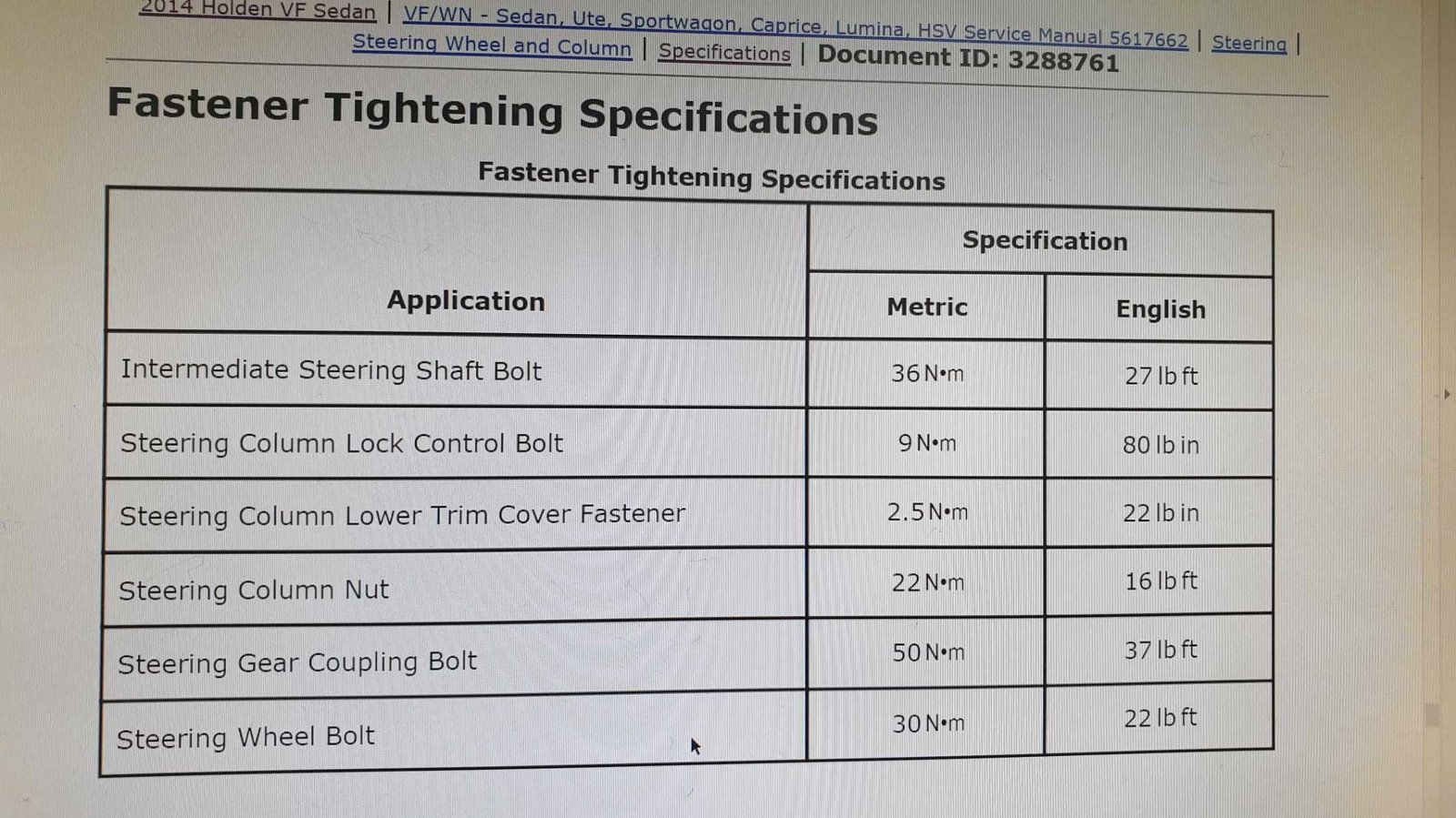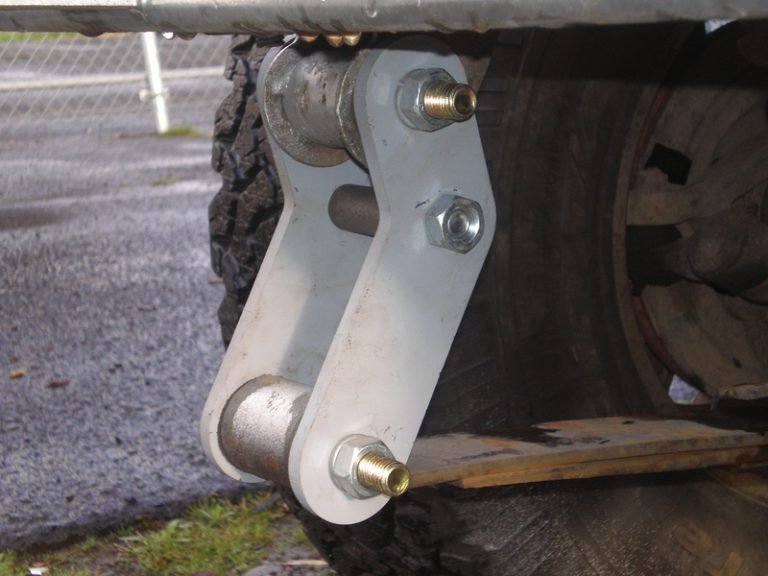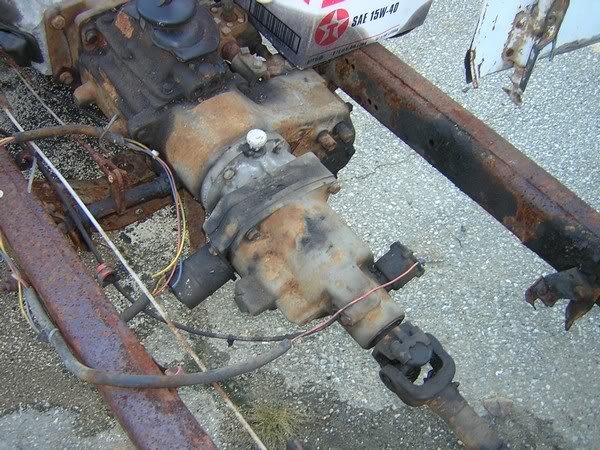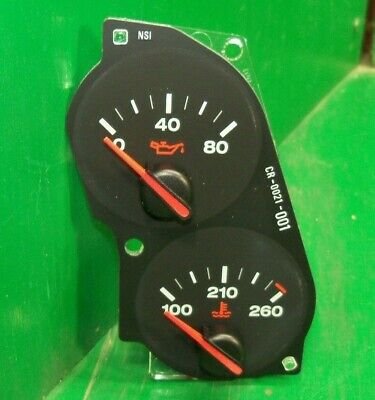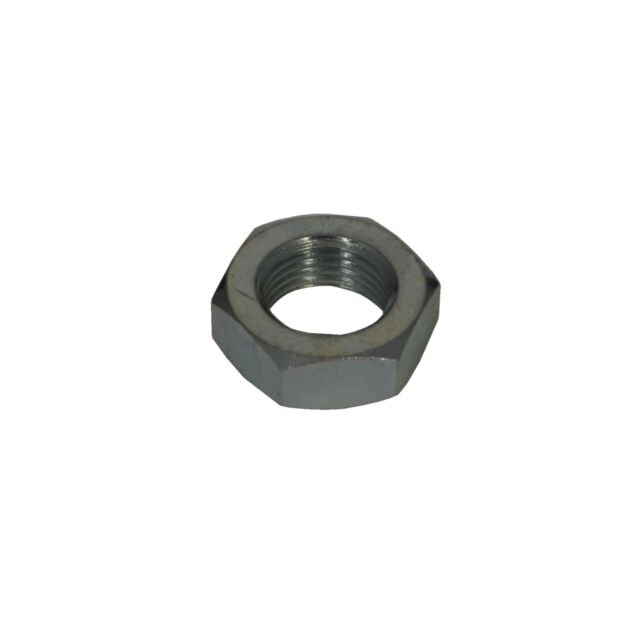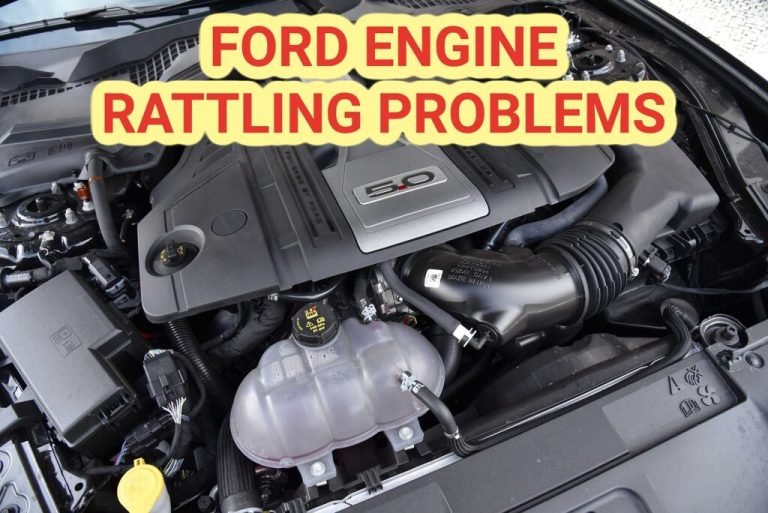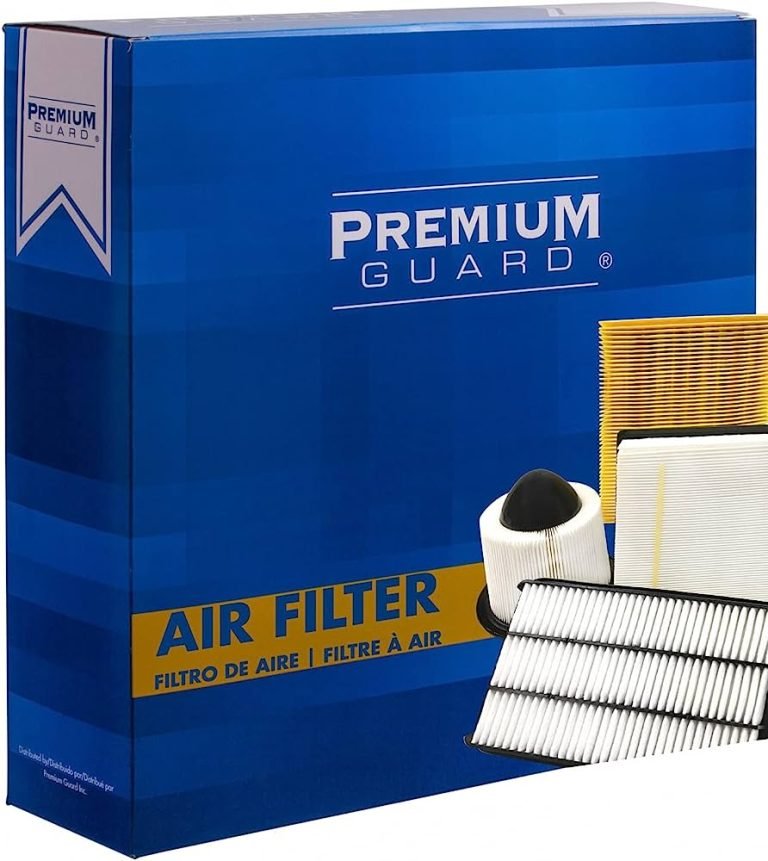Pitman Arm Torque Specs
In addressing the topic at hand, the pitman arm torque specs refer to the specific force used to tighten the pitman arm during replacement or adjustment. These specs are important because they ensure the proper functioning of the steering system in an automobile. Incorrect torque specifications can lead to severe mechanical damage, excessive wear, poor handling, and potentially dangerous driving conditions. As such, it is crucial for everyone from professional mechanics to DIY car enthusiasts to understand these specs and how to apply them correctly.

Pitman Arm Torque Specifications: An Overview
The pitman arm is a crucial component of automotive steering systems. Connected to the steering box sector shaft, it translates the rotational motion of the steering column into the back-and-forth movement of the steering linkage. This movement is what allows the wheels to turn and guides the car’s direction.
Hence, applying the correct torque when fastening the pitman arm’s nut is fundamental to ensuring the overall integrity of the steering system. While the exact specifications might vary depending on manufacturer or model, a general range would be 180 to 225 foot-pounds.
To ensure the utmost safety and effectiveness of your vehicle’s steering system, it is always recommended to refer to the specific vehicle’s manufacturer service manual for the exact pitman arm torque specs. These manuals provide model-specific instructions and are the most reliable source of such critical data.
Importance of Correct Pitman Arm Torque Specs
Preventing Mechanical Damage
Applying the correct torque to the pitman arm’s nut helps to avoid mechanical damage. Under-torquing can lead to the arm becoming loose, while over-torquing can result in stripped threads, cracked parts, or precoiled springs. Both situations result in loss of steering control.
Enhancing Safety
Correct torque specs are crucial for achieving optimal vehicle safety. If the pitman arm isn’t securely fastened under the required torque, it can become a risk factor. It can cause the steering system to malfunction, leading to potential accidents.
Prolonging Lifespan
Adhering to the specified torque ensures that the pitman arm and the steering mechanism will last longer and work more efficiently. Incorrect torque can lead to unnecessary wear and tear, shortening the component’s lifespan.
How to Apply the Correct Pitman Arm Torque Specs
To apply the correct pitman arm torque specs, follow these steps:
1. Identify the correct torque from your vehicle’s manual.
2. Install the pitman arm onto the sector shaft.
3. Place the nut onto the shaft.
4. Use a torque wrench to tighten the nut according to the specified torque.
5. Recheck the torque after a few days.
Remember, using a reliable and calibrated torque wrench is imperative. It should read accurately for the safety and longevity of your vehicle’s steering system.
How to Troubleshoot Pitman Arm Issues
If you suspect your pitman arm has issues, here are troubleshooting steps:
1. Check for signs of excessive wear, such as unusual tire wear or wandering steering.
2. Listen for any noises when steering.
3. Inspect for loose pitman arm.
4. If issues persist, consider consulting a professional mechanic.
Frequently Asked Questions
Q. What happens if a pitman arm is loose?
If a pitman arm is loose, it can lead to unresponsive or sloppy steering. It might also cause erratic and unpredictable movements, making it dangerous to drive.
Q. Can I drive with a bad pitman arm?
It’s not recommended to drive with a bad pitman arm. The ineffective steering can lead to dangerous situations on the road. A bad arm should be replaced immediately.
Final Thoughts
Understanding pitman arm torque specs are crucial for maintaining the effective operation of your vehicle’s steering system. Always refer to your vehicle manual or consult with a qualified mechanic to ensure you apply the correct specs, enhancing safety and prolonging the lifespan of your steering system parts. Regular inspections and preventive maintenance can help you avoid costly repairs and ensure a smooth, safe journey every time.

